We discover the benefits of a set of CEAT Zoom Rad X1 tyres which we shod on a KTM 390 Duke. In the first part of this series, we begin our journey with the installation of these tyres.
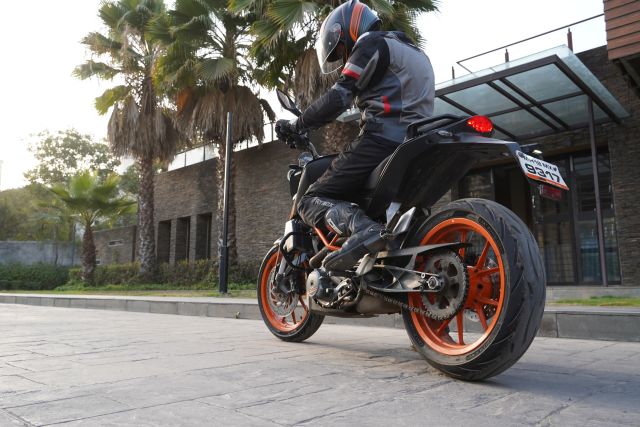
Story: Azaman Chothia
Photography: Apurva Ambep
A good set of tyres are important for enhancing grip levels to make each ride more engaging and, more importantly, safer for the rider. Tyres provide the traction that is needed for acceleration, cornering as well as braking. They are the only part that connects the motorcycle and the rider to the latter’s love for the open road. It is not too much to say that while riding our lives depend upon the tyres fitted to our two-wheelers. Therefore, it is worth going into this matter in some detail.
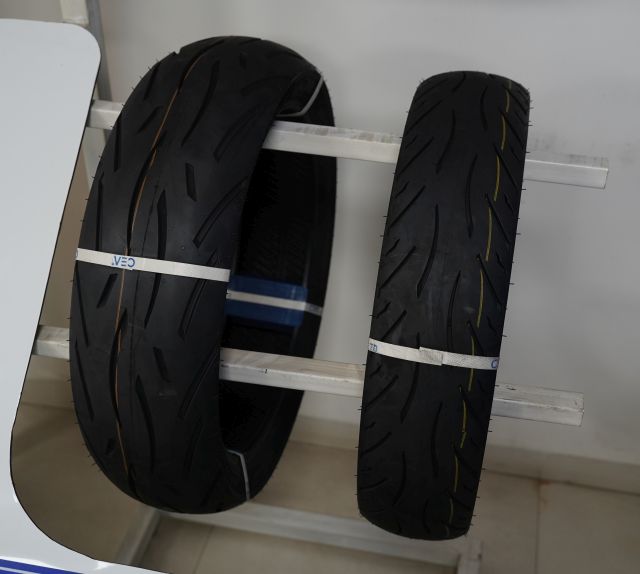
Here we have a KTM 390 Duke (2016 model), which has been my daily ride for the past five years. To get away from the daily grind, I recently embarked on a ride out of town. Unfortunately, it did not turn out to be as good as I had expected and this had a lot to do with poor grip levels owing to the worn-out set of tyres on my bike. I decided to cut my ride short and head straight back towards the city in search of new rubber.
While doing some research during the week, I had come across the CEAT Zoom Rad X1, so I decided to visit an official CEAT Shoppe to check them out. As all of us know, the KTM is a very powerful machine, so it needs good rubber to ensure a high level of grip. In the past I had tried out various sets of tyres by different manufacturers, so this time I felt it would be the right choice to go with the radial tyres from CEAT.
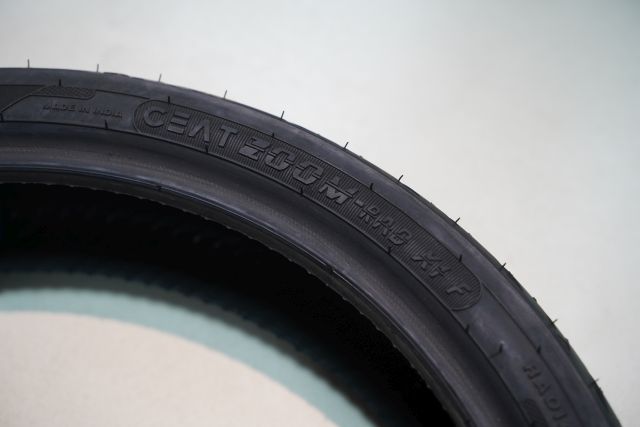
Radial tyres have a sturdier construction as compared to bias tyres, which makes them more responsive. They run slightly cooler, which ultimately increases their life. Because of the more flexible sidewalls of the radial tyres, a larger patch remains in contact with the road. This leads to uniform tyre wear and greater comfort at highway speeds. These tyres come with an “H” rating, which means that they have been designed especially for stability at high speed. The “H” rating signifies that the tyres have been tested up to 210 km/h. There are a few things one must look at carefully while replacing a set of tyres.
Firstly, it is always preferable to change both tyres simultaneously, even if one tyre looks more worn out than the other. This will depend on how the motorcycle has been ridden. While both the tyres assist with grip in the corners, the front tyre supports braking while the rear one handles all the power that the engine is sending out. In my case, the rear tyre was squared off and completely worn out, while the front tyre still had some life in it.
While buying a tyre, another aspect to consider is the date of manufacture. It is obviously better to buy tyres that have been manufactured recently. This is because the quality of rubber stored over a long period of time tends to deteriorate. There will be a four-digit number on the sidewall wherein the last two digits denote the year of manufacture and the first two digits (between 1 and 53) give us the week of manufacture. I was happy to get a set of CEAT radials that were recently manufactured. After properly inspecting the tyres, we bought the set for Rs 7,300. This is great value for money and, considering that CEAT is a trusted Indian brand, it has been thoroughly tested keeping our road conditions in mind.
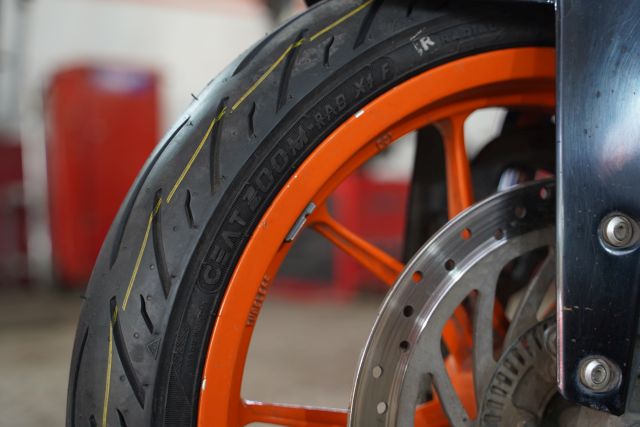
Next, we come to the size. A good place to start is the old set of tyres on the bike. They already have all the information on the sidewall which is necessary at the time of tyre replacement. It is always advisable to stick to the stock tyre size suggested by the manufacturer, for it is the size that the bike was intended to be ridden with. While many might like the look of a larger rear tyre, it can drastically affect how the motorcycle handles and also reduce the bike’s fuel efficiency. For the KTM we have a 110/70 section front tyre and a 150/60 section rear tyre. The 110 and 150 denote the width of the tyres in millimetres. The 70 and the 60 are aspect ratios of the width of the tyre in percentage which give us the width of the sidewall when converted into millimetres.
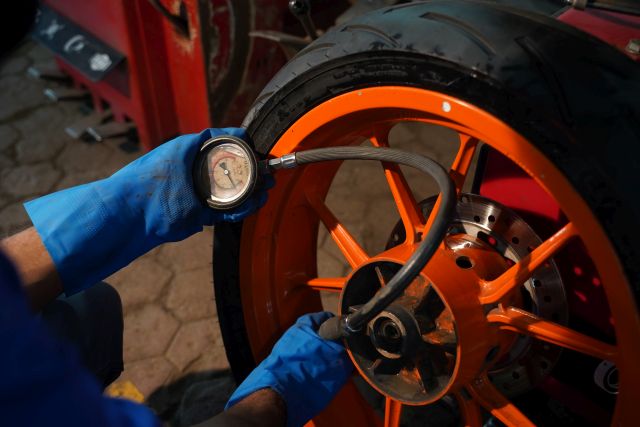
After carefully taking all these factors into consideration, the helpful staff at Darshan Tyre CEAT Shoppe got to work. It did take some time but the procedure was completed successfully. It is very crucial to fill the right amount of air into the tyres after the change. A sticker on every motorcycle displays the recommended tyre pressure, both for a solo rider and for one with a pillion companion.
Now all that is left is “breaking in” this set of tyres before we think of pushing our limits in the twisties. It is essential to break in tyres for at least 300 kilometres before riding faster, braking harder, and cornering lower. Stay tuned for the next part of this series, where we will be heading out for a long ride and discussing the features of these tyres in detail.
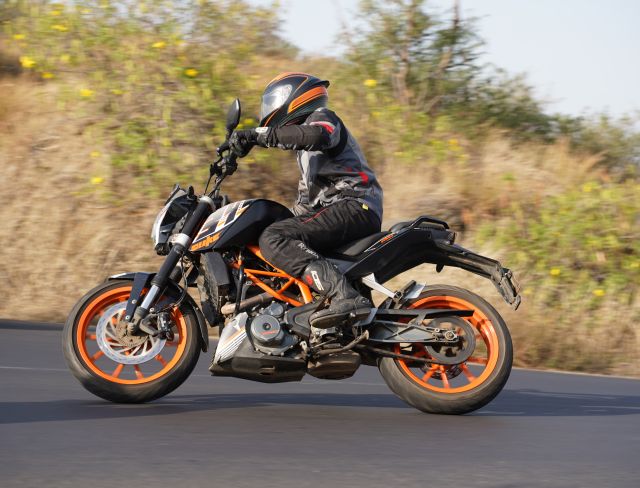

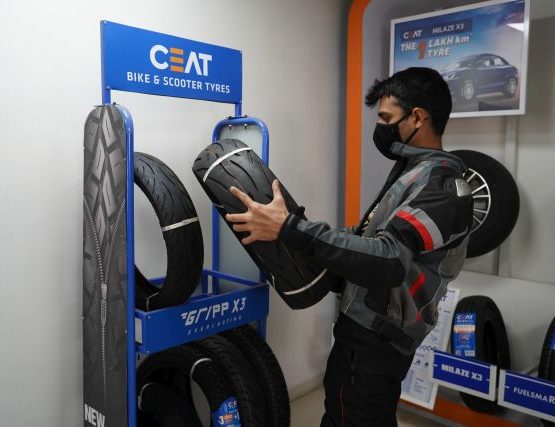
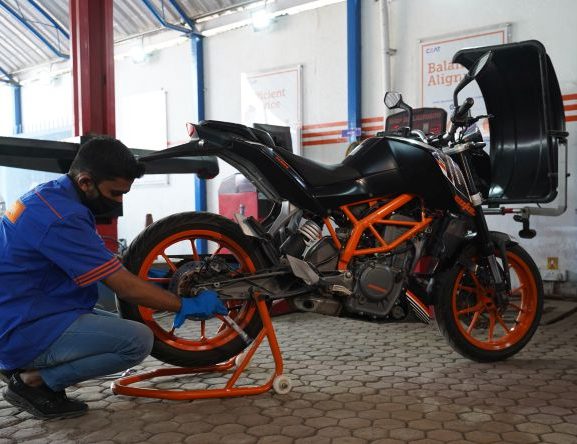
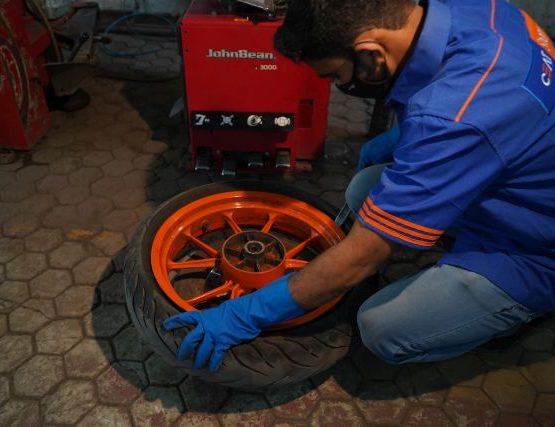
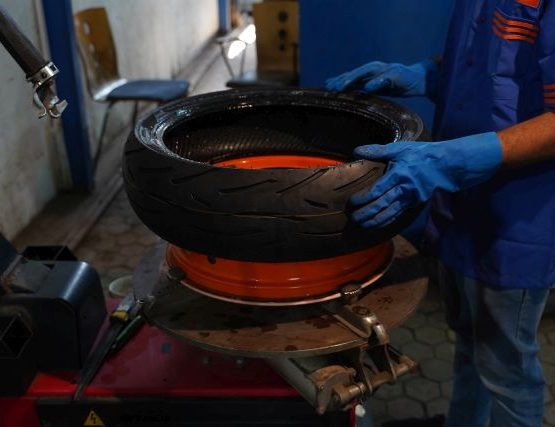
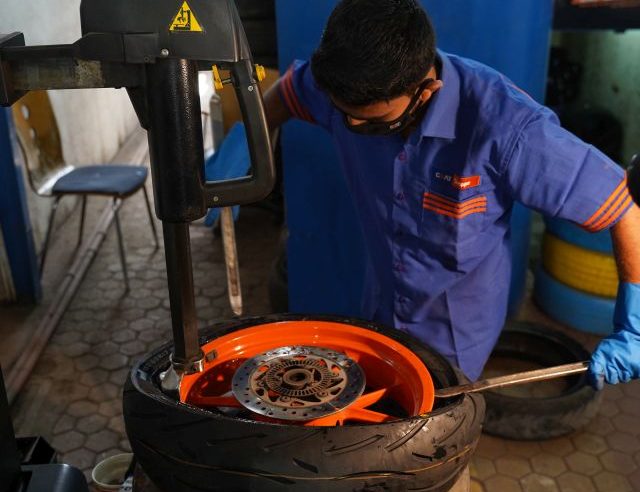
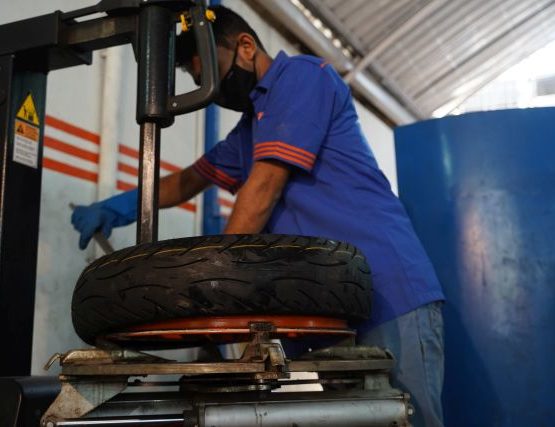
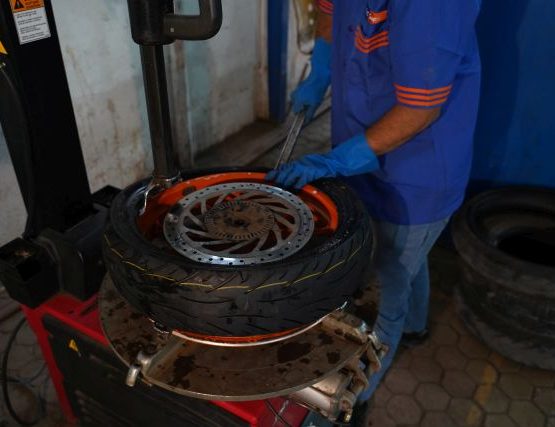

Leave a Reply